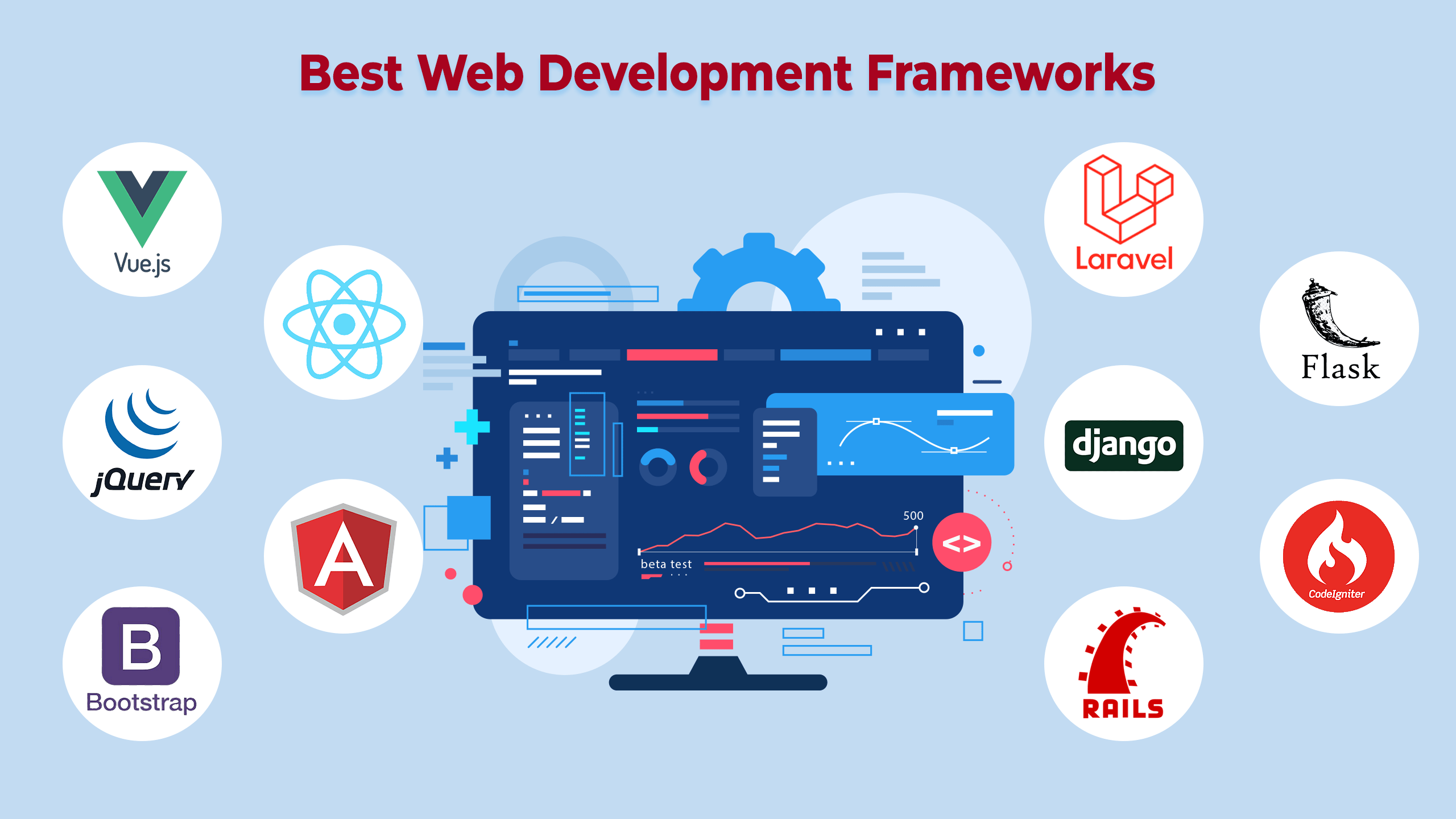This digital age has made it necessary for businesses to have websites. Thus, your company can reach a wider audience and entice more customers. Several functional frameworks have emerged in response to the growing need for web application development as compared to what it was a few years ago. You can design your web apps effectively and easily with these frameworks, which are designed to address modern business challenges.
The concept of web development framework along with a list of the 10 most popular and effective frameworks for front-end and back-end development is depicted in this article.
Here we go
Web Development Framework: Overview
Developing high-quality, reliable software and systems is easier when you use a framework, a set of tools used in programming. The different types of web applications are web services, web resources, and web APIs, all built with web development frameworks.
Frameworks provide ready-made components, code snippets, and templates to help developers build websites.
Web Development Frameworks: Types
Front-end web applications are client-based, while back-end web applications are server-based. Web development frameworks are divided into two types: frontend and backend.
Front-End Web Development Framework
The user interface or front end of a web application is created utilizing these frameworks. HTML, CSS, and JavaScript are the most common programming languages used in front-end frameworks.
UX/UI design and other critical aspects of the application are handled by the front-end framework, which also includes SEO optimization, code snippets, templates, management of user interactions, etc.
Backend Web Development Framework
Web applications are designed using these frameworks for the backend or the hidden parts that make them work. Various languages are used in backend frameworks, including Ruby, Java, Python, PHP, and .NET.
Their responsibilities include managing server and database functions, routing protocols, authorization options, data security, and solution logic and architecture.
10 Best Web Development Frameworks to Leverage in 2023
These are the top web development frameworks that you can leverage for web development in 2023:
Front-End Frameworks
1. Angular
Based on TypeScript, Angular is an open-source framework for building web applications. It is maintained by Google’s Angular Team. The angular ecosystem has a strong community of developers who contribute tools and solutions. Angular is a popular front-end framework currently ranked second on GitHub, and it’s ideal for highly customized enterprise web applications.
Examples of Angular Framework:
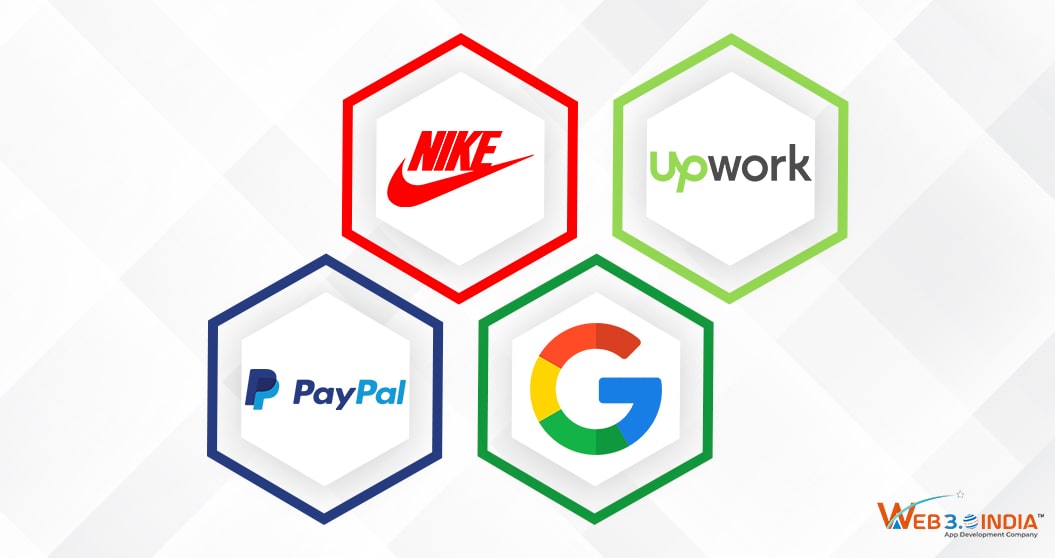
2. React JS
The React JS framework (React.js) is an open-source framework for building interfaces and components for mobile applications. It is part of React Native. Due to its flexibility and ease of use, React has become the most popular front-end framework in the past year. Community members and Facebook maintain it.
Few Notable React Projects:
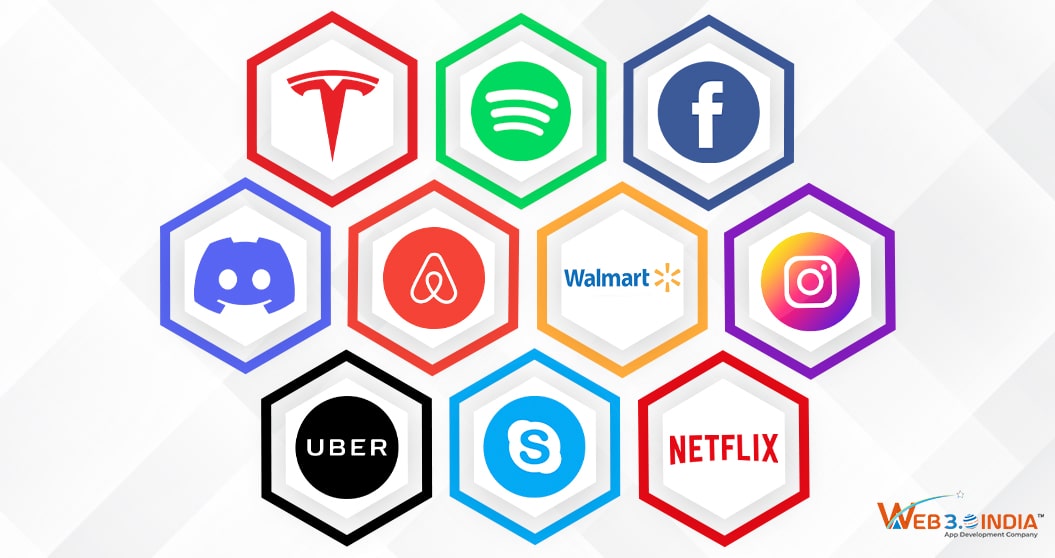
3. jQuery
In its original form, jQuery was marketed as a JavaScript library, but now it’s considered a framework. 18.6% of websites use jQuery, a library that is fast and concise.
Several Major Brands Use jQuery:
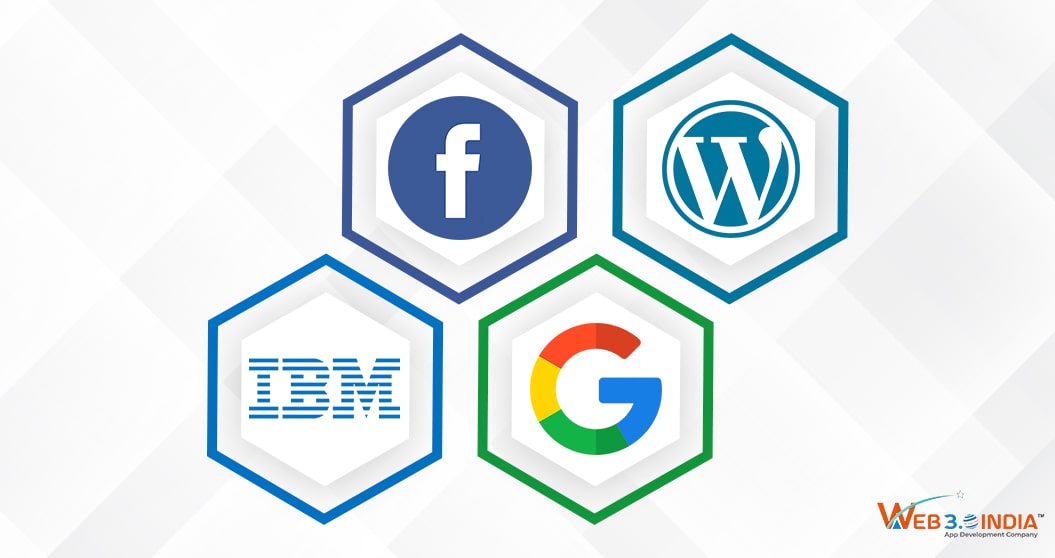
4. Vue JS
Another JavaScript-based framework, Vue JS (Vue.js), uses HTML and CSS more flexibly than JavaScript and follows the model-view-viewmodel (MVVM) paradigm. Having a large community of support is one of the advantages of learning Vue.
Several Brands Are Using Vue JS:
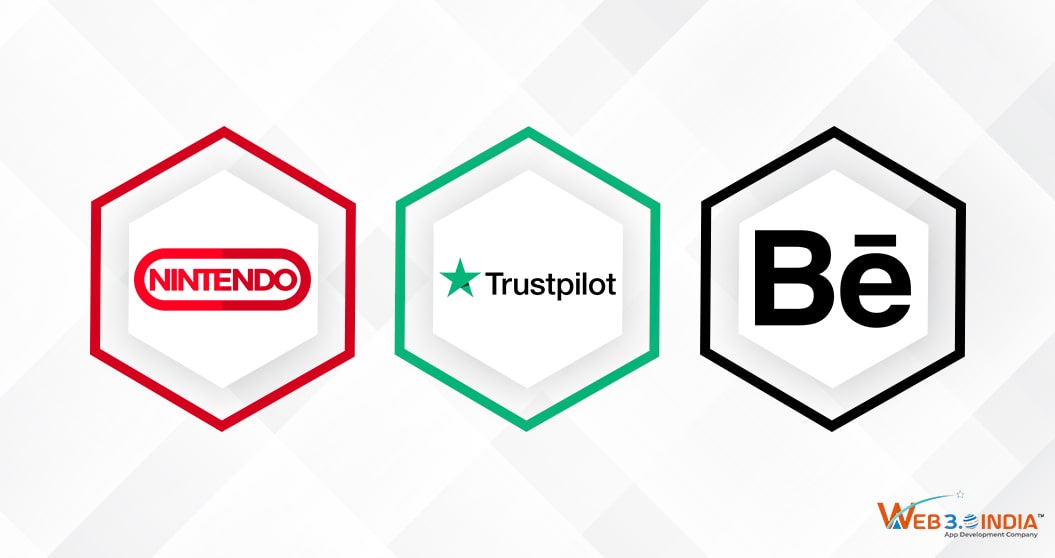
5. Bootstrap
More than 19.6% of all websites use Bootstrap, which is one of the most popular CSS frameworks for creating mobile, responsive web content. Some critics say Bootstrap’s templates create a more “uniform” look to the final website, but some say templates speed up development.
Examples of Bootstrap:
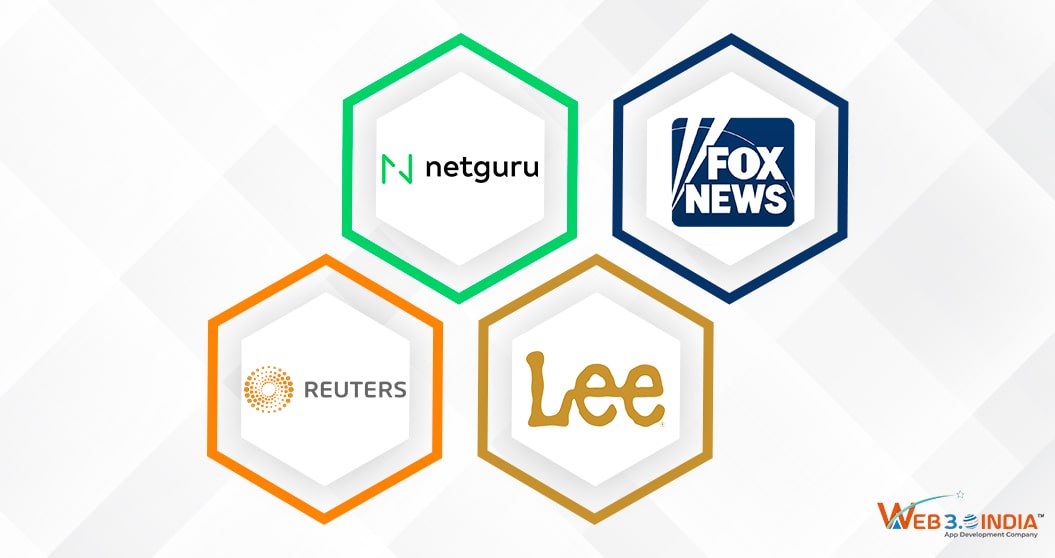
Back-end Frameworks:
1. Laravel
In addition to showcasing expressive and elegant syntax, Laravel also allows coders to code more quickly and leverages a powerful template engine called Blade.
Several libraries are available for supporting Laravel development, which provides high performance, increased security, and scalability.
Several Laravel Projects:
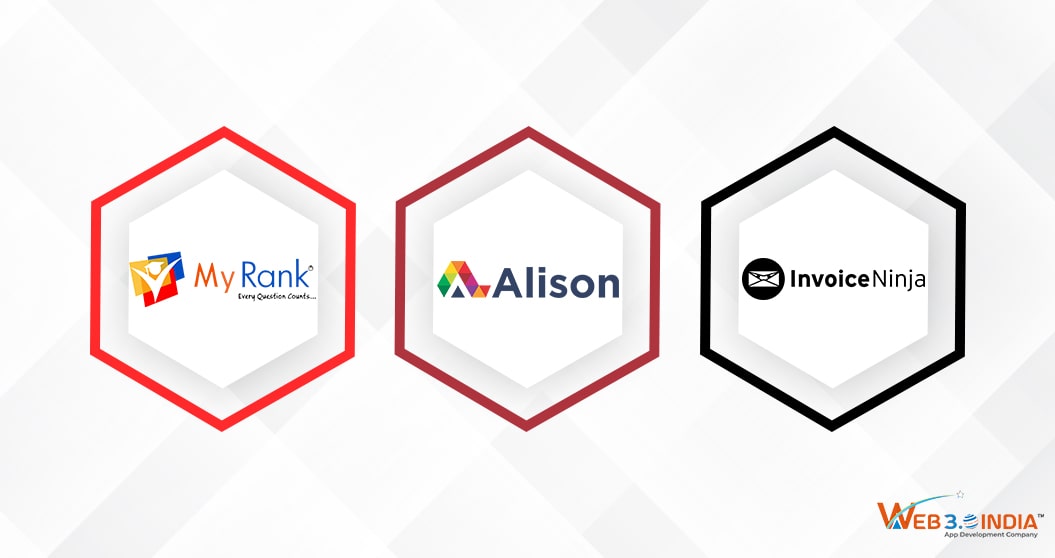
2. Django
It facilitates rapid and scalable development and achieves clean design through the use of an open-source Python framework, Django. By providing almost everything you need, Django makes it fast to build on existing features. Interactive services, visual effects, and games are among the things that Django is popular for.
Following Companies Are Using Django:
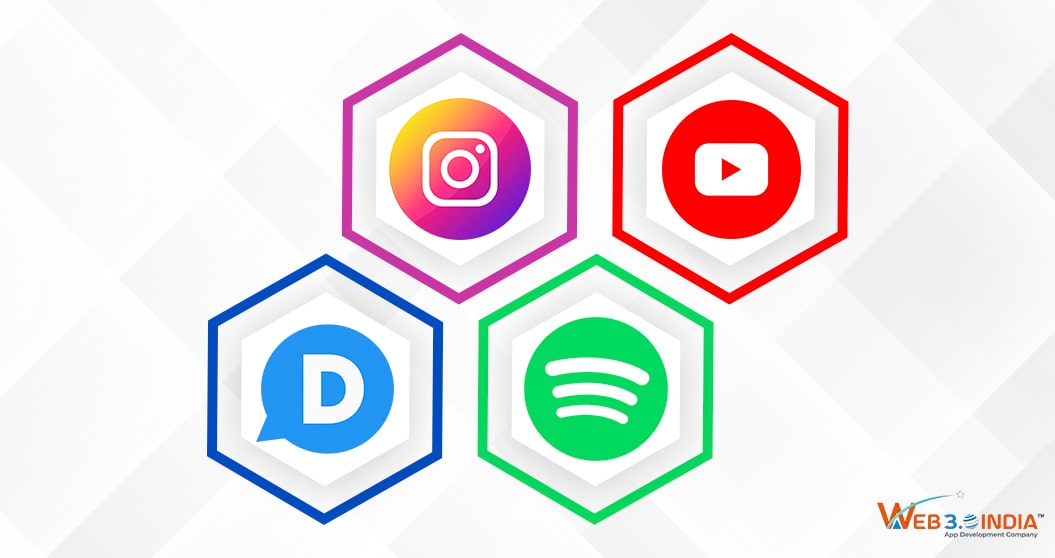
3. Flask
Another Python framework, Flask, is a lightweight “micro-framework” known for its simplicity and flexibility, with little or no dependency on third-party libraries. As a component-based framework, Flask is gaining popularity due to its adaptability.
Many Brands Have Leveraged Flask, Including:
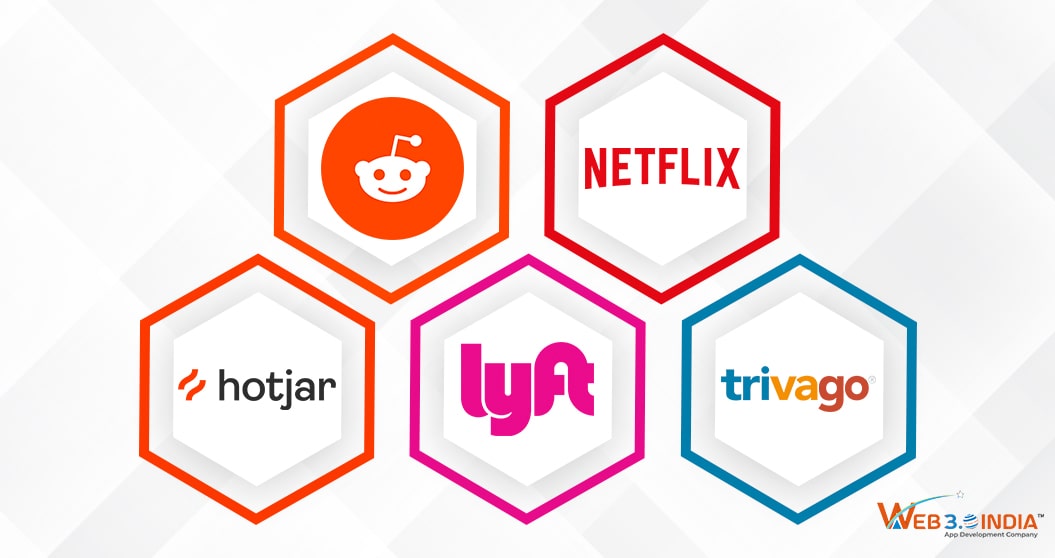
4. Ruby on Rails
In Ruby on Rails, the Ruby programming language is used to write an open-source framework. The Ruby programming language runs on Linux and uses the (MVC) architecture. A large number of third-party libraries speed up development with Ruby on Rails, making it secure and scalable.
Brands That Use Ruby on Rails:
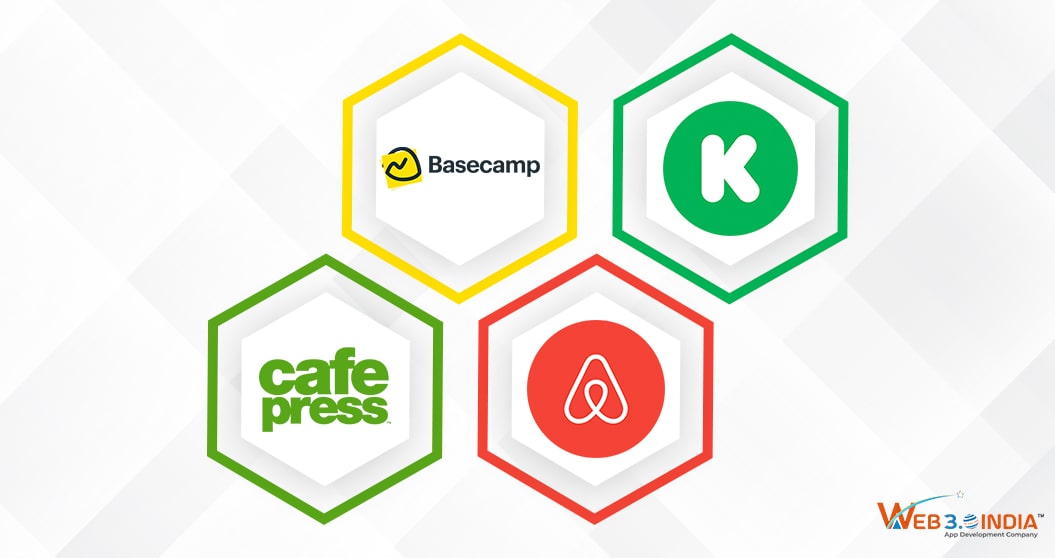
5. CodeIgniter
With CodeIgniter, you can save time with less coding since it is a lightweight PHP framework. Various built-in features of CodeIgniter don’t depend on external components, making it fast for developers. MVC architecture is also used in CodeIgniter.
CodeIgniter is Used by Many Popular Websites:
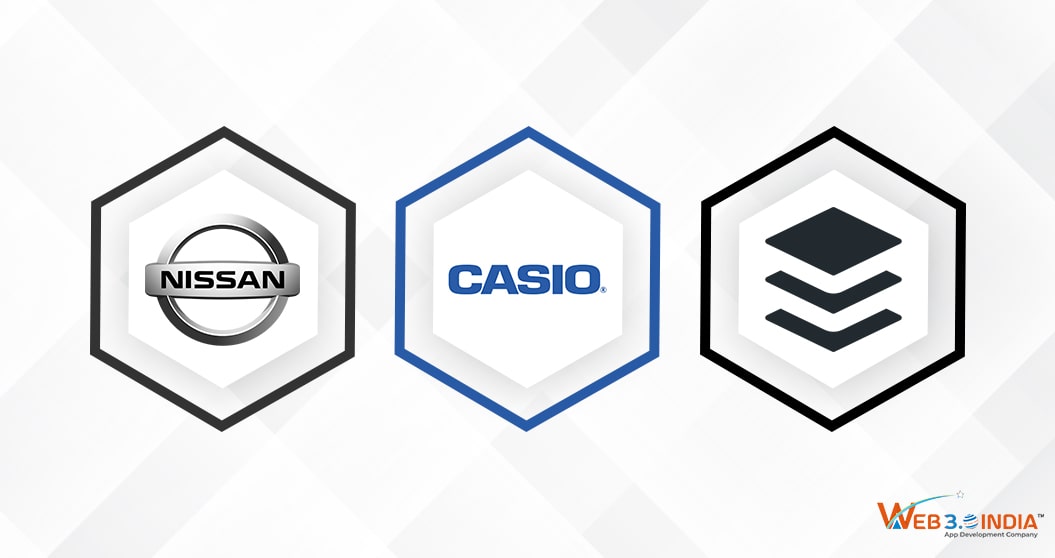
Concluding It!
Software development relies heavily on web frameworks. There are unique capabilities and limitations associated with each of them. You can choose from each of them depending on the project requirements. A Web Application Development Company, Web 3.0 India, has extensive experience developing web applications for a wide range of market verticals and can guide you if you’re not sure which to choose.
 +91 95109 87700
+91 95109 87700 +44 20 3290 3710
+44 20 3290 3710

